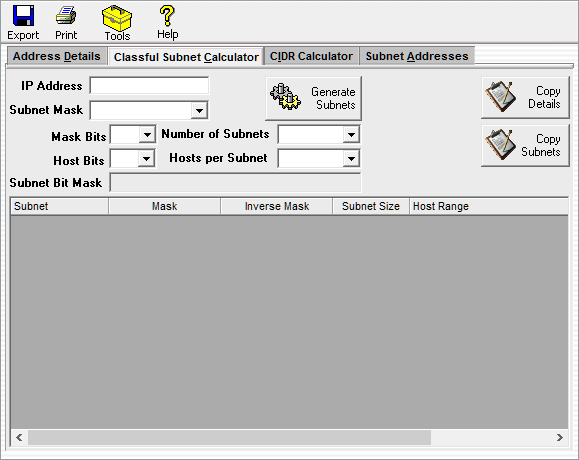

The network and broadcast addresses are not available to be assigned to hosts on the network. We can calculate the total number of addresses in a subnet from the CIDR using the following formula: The wildcard mask is the subnet mask with the bits inverted, therefore selecting the host part of the IP address. The address just before the broadcast address is the last address that you can allocate to a host. The next address after the network address is the first address available to be assigned to a host. We can calculate it by using the network address and adding the total number of addresses (minus one) in the subnet. Broadcast addressĪ host can use the broadcast address to send data to all the other hosts on the subnet. It isn't possible to assign the network address to a host.

A router uses this address to forward traffic to the correct network. You calculate it by converting the IP address and subnet mask to binary and performing a bitwise AND logical operation. The network IP address is the first address of the subnet. Class E is reserved, meaning those addresses will not work on the public Internet. The range of IP addresses belonging to each class is defined as:Ĭlass D addresses are reserved for multicast traffic (one host sending the same data to many receiving hosts). The following IP address ranges are private addresses:Īs well as the network class, IP addresses also historically belonged to classes. Servers on the public Internet use public addresses, while local networks of computers (e.g., your home network) use private addresses. There are two main types of IP address, public and private.
#Best subnetting calculator mac os how to
Let's go through each one to briefly explain how to manually calculate them, linking to further resources for further information.

This IP subnet calculator shows you a multitude of network and IP address properties.


 0 kommentar(er)
0 kommentar(er)
